Today, Fodamon engineers continue to explain the weak magnetic iron ore processing technology and methods:
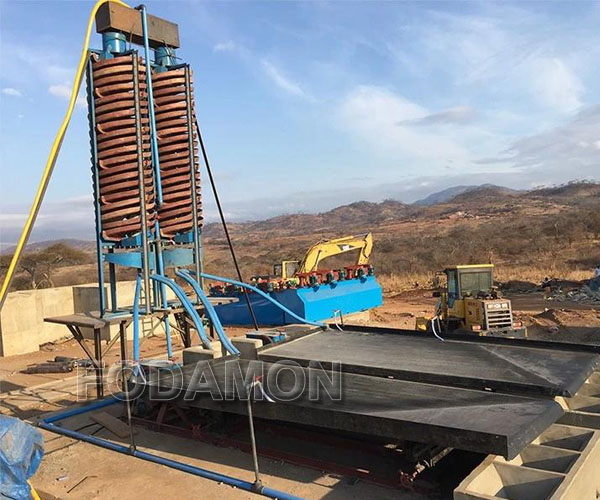
Weakly magnetic iron ore
1. Single weakly magnetic iron ore
It includes hematite, siderite, limonite and hematite (Specularite) – Siderite of sedimentary metamorphic, sedimentary, hydrothermal and weathering deposits. This kind of ore dressing production practice is less, because of the variety of minerals, dissemination of a wide range of particle size.
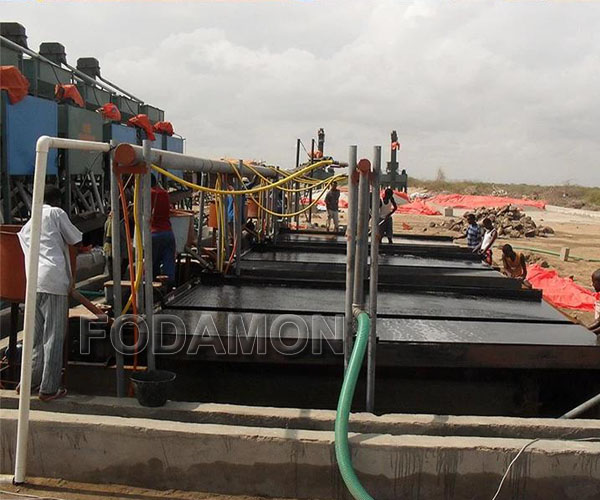
There are many mineral processing methods, and there are two commonly used methods
(1). Roasting magnetic separation
Roasting magnetic separation is one of the effective methods to separate fine to fine (< 0.02mm) weakly magnetic iron ore. When the minerals in ore are complex and it is difficult to get good indexes by other methods, magnetization roasting magnetic separation should be used. The reduction roasting of 75 ~ 20 mm block mine kiln has long-term production experience, while the production practice of magnetization roasting furnace for powder ore below 20 mm is less. At present, high intensity magnetic separation, gravity separation, flotation line or combined process are commonly used for separation of fine ore.
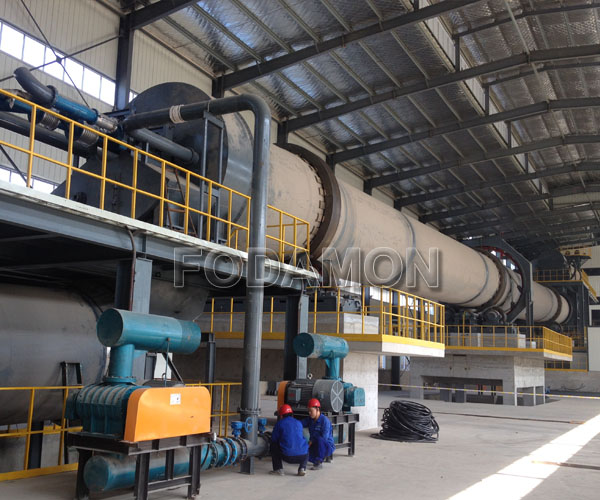
(2) Gravity separation, flotation, high intensity magnetic separation or their combined process.
Flotation is one of the commonly used methods to separate fine to particulate weakly magnetic iron ore. There are two principle processes of positive flotation and reverse flotation. The former is suitable for quartz hematite ore without easy-floating gangue, and the latter is suitable for ore with easy-floating gangue, and both have production practices.
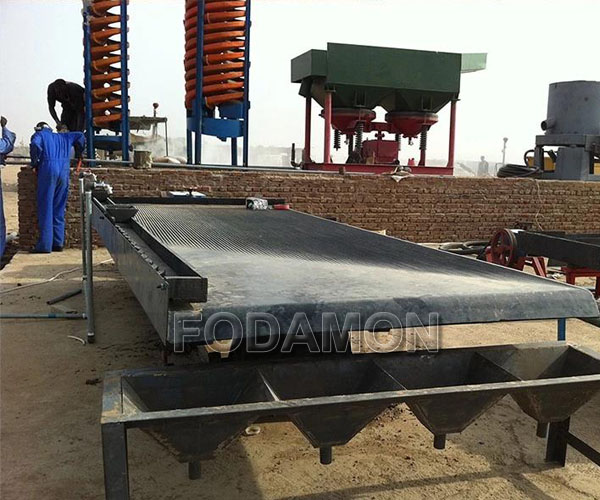
Gravity separation and high-intensity magnetic separation are mainly used to separate coarse-grained (20-2mm) and medium-sized weakly magnetic iron ores. The gravity separation of coarse-grained and extremely coarse-grained (> 20 mm) ores is commonly used in dense media or jigging; for medium to fine-grained ores, flow membrane gravity separation methods such as spiral concentrator, shaking table, fan-shaped chute and centrifugal concentrator are used; for high-intensity magnetic separation of coarse-grained and medium-sized ores, dry-type induction roller type high-intensity magnetic separator is commonly used; fine-grained ore is used High intensity magnetic separator with temperature induction medium is commonly used. At present, due to the low grade of high-intensity magnetic separation concentrate of fine ore and low processing capacity of gravity separation unit, a combined process of high-intensity magnetic separation and gravity separation is often formed. A large number of qualified tailings are discarded by high-intensity magnetic separation, and then the concentrate is further processed by gravity separation to improve the grade.
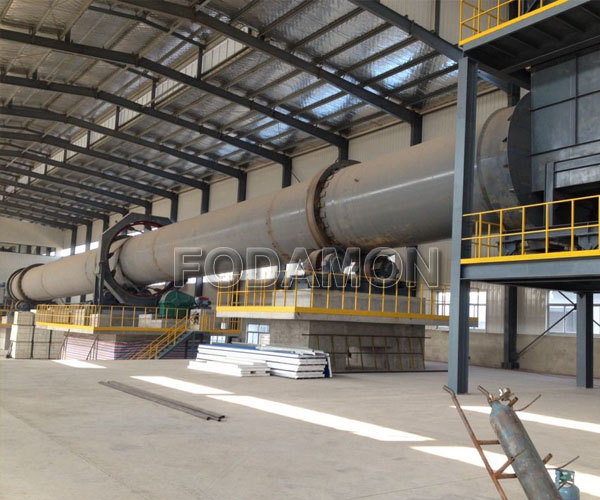
2. Weakly magnetic iron ore containing polymetallic
They are mainly hydrothermal and sedimentary hematite or siderite containing phosphorus or sulfide. This kind of ore usually uses gravity separation, flotation, high intensity magnetic separation or its combined process to recover iron minerals, and flotation to recover phosphorus or sulfide.
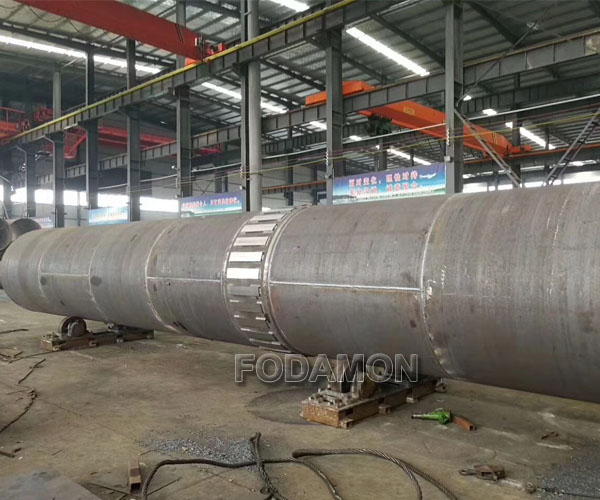
Hydrothermal apatite bearing hematite and copper bearing pyrite can be flotation. Although the sedimentary oolitic hematite ore containing phosphorus can be separated from iron by flotation, it is difficult to enrich the phosphorus concentrate, and the iron recovery rate is greatly reduced. It can be considered that after removing large particle size gangue, smelting high phosphorus pig iron and recovering phosphate fertilizer from steel slag.
The gossan of weathered ore deposit contains nonferrous metals, which is often associated with copper, arsenic, tin and other associated components.
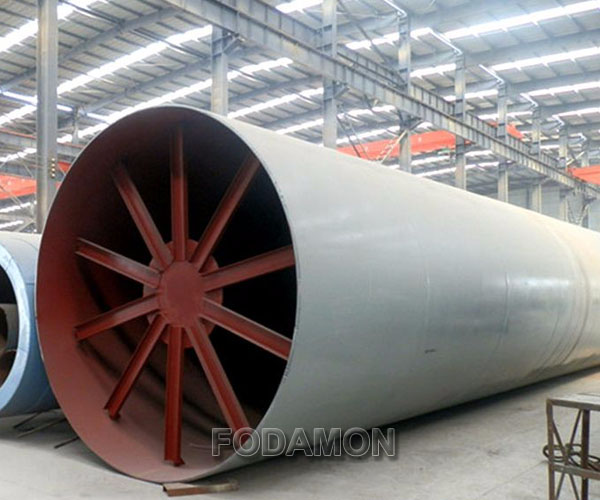
There is no separate mineral, so it is difficult to separate iron from iron by mineral processing. Chlorination roasting and other methods are being studied. There is no single mineral associated with the ore in laterite type nickel chromium cobalt limonite. Roasting ammonia leaching and separation magnetic separation are being studied.
